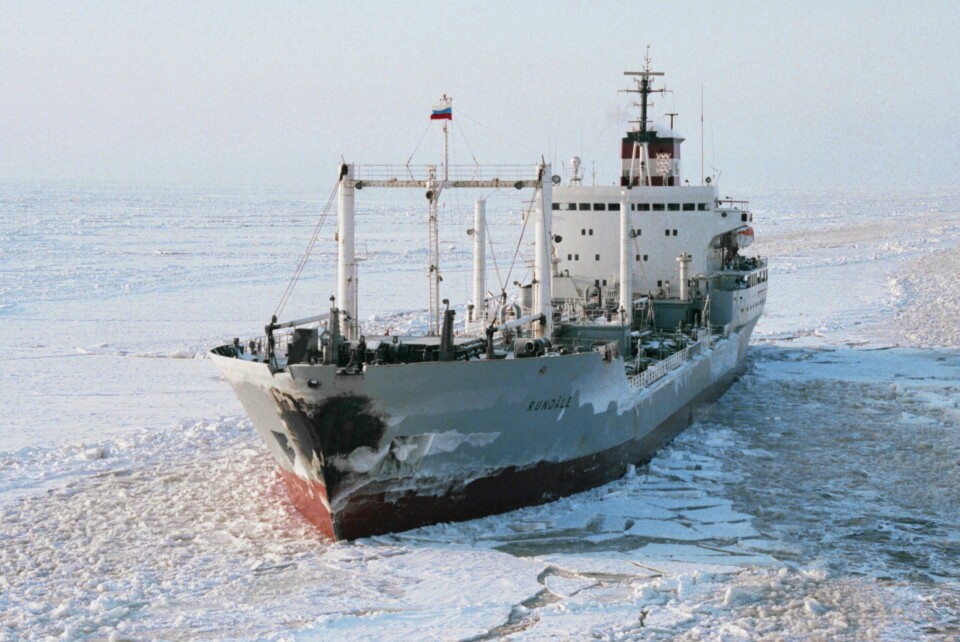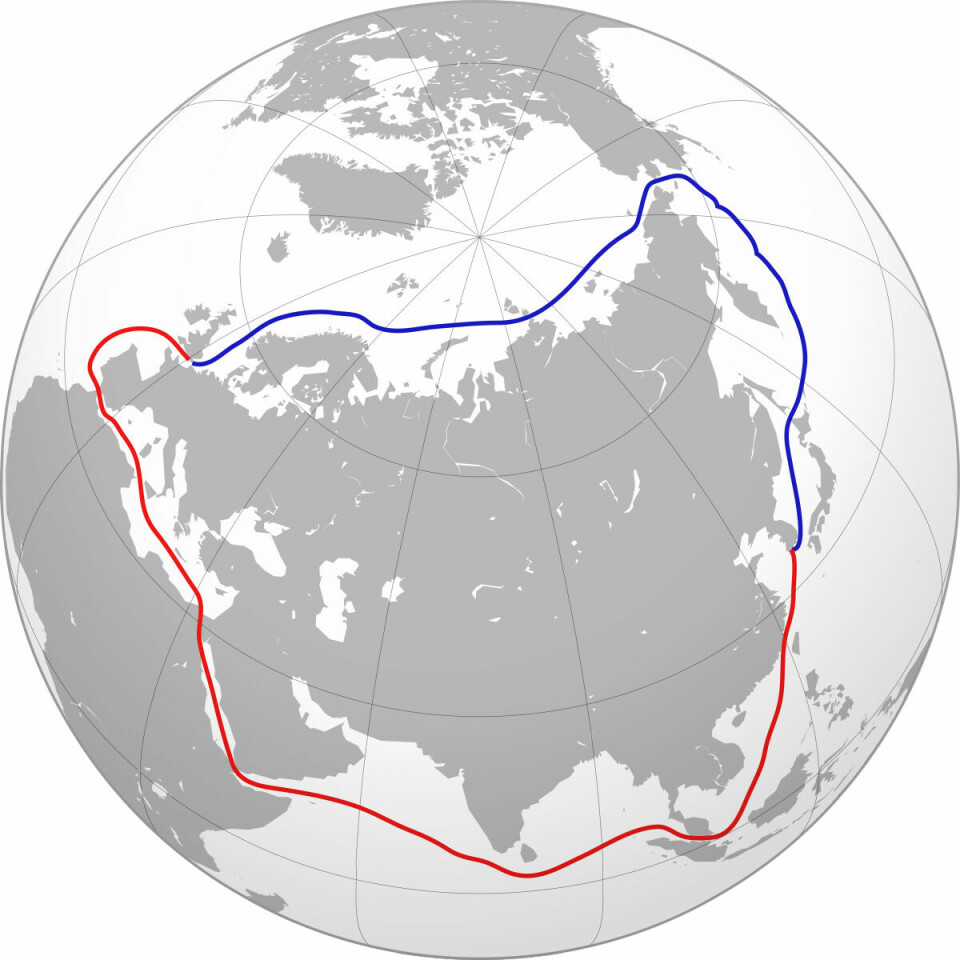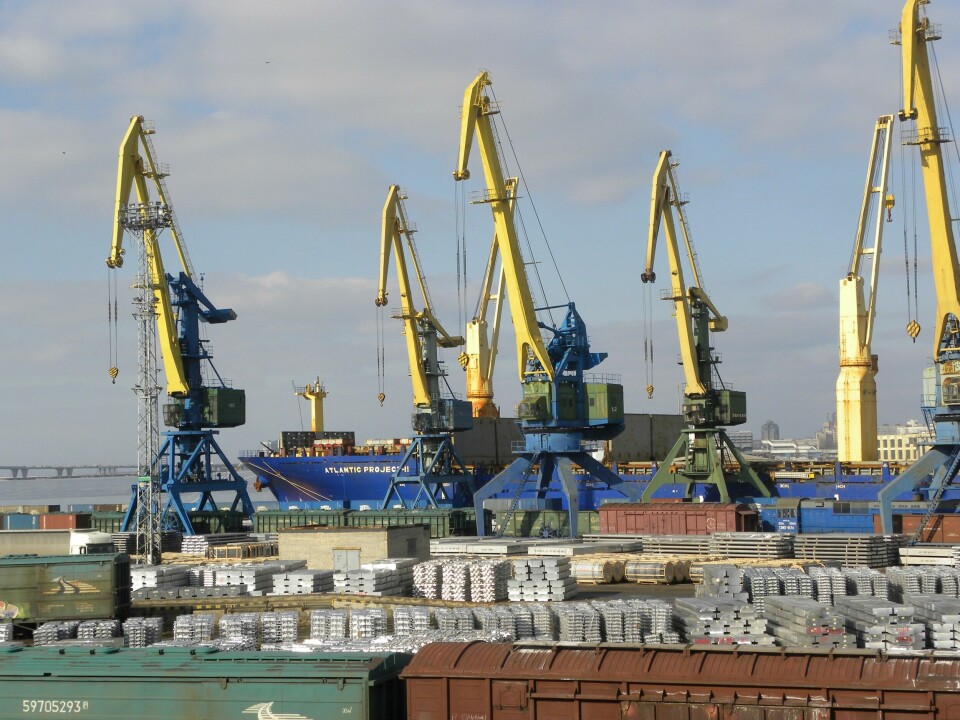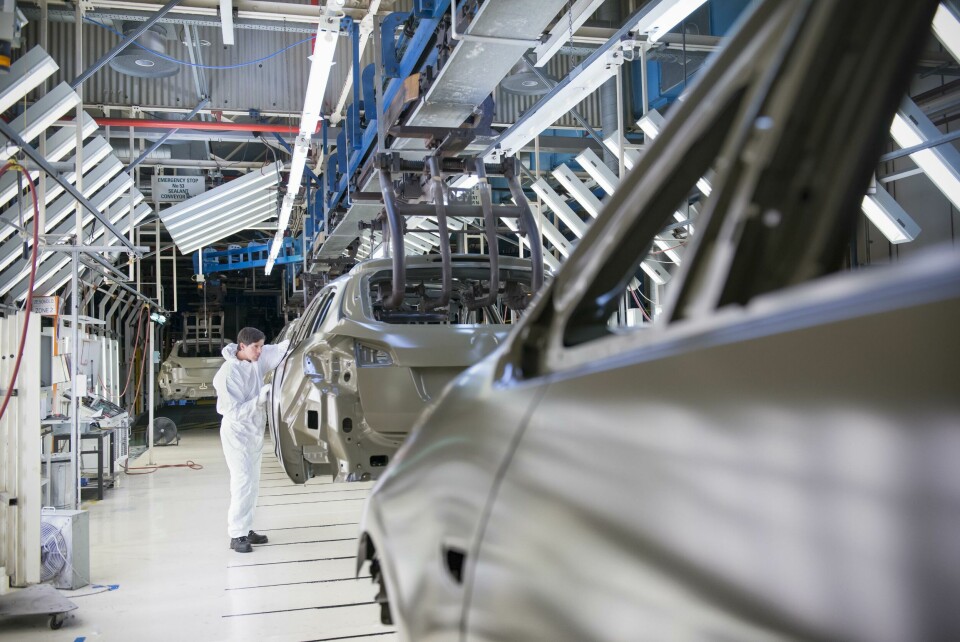Fresh floes: What does the Northern Sea Route mean for automotive logistics?
Arctic waters warmed by climate change promise a fast new route for cargo transport. Automotive Logistics looks at its potential for flows of automotive parts and vehicles

TheNorthern Sea Route (NSR), a growing shipping lane linking South-East Asia with Northern Europe through Arctic waters, is set to become a competitor to the Suez Channel for cargo delivery between these two regions. Cargo turnover on the route has already jumped by six times over the past three years and is due to reach 20m tonnes in 2020. So far, this is primarily oil, gas and minerals, but Russian authorities believe that the NSR would could be used for all types of cargo – and automotive product, both parts and vehicles, would be no exception.
NSR connects the Atlantic Ocean and the Pacific Ocean along the Russian coast of Siberia and the Far East, crossing five Arctic seas: the Barents Sea, the Kara Sea, the Laptev Sea, the East Siberian Sea and the Chukchi Sea. The distance from Northern Europe to China and vice versa, is approximately 40% shorter than via the Suez Canal and 60% shorter than via the Cape of Good Hope. For example, it takes only 19 days to get from Murmansk to Shanghai via the NSR, as compared with 37 days via the Suez Canal. The overall length of the route is 6,500 km (4,000 miles).
“Cargo carriers could learn how to generate huge shipments in some pick-up points somewhere in Asia to transfer them through the NSR, for example to Hamburg Hafen, Germany, where it could be distributed further”
Russian nuclear corporation Rosatom, which plans to invest $7 billion in the NSR, has conducted preliminary research which shows that by using this route shipping companies could cut the time for goods delivery from the five biggest Asian ports – Hong Kong, Shanghai, Yokohama, Busan and Tianjin – to the main European harbours of Rotterdam, Copenhagen, Le Havre, Southampton and Hamburg by 10-32%, as compared with the Suez Canal.

Rosatom has forecast that the revenue from the NSR operation could amount to $700m per year by 2023. Earlier this year, Maxim Kulikov, deputy director of the NSR development department of Rosatom, projected that cargo turnover could climb to 120m tonnes per year in 2035. However, Kulikov stressed that this scenario would become possible only if the Russian government allocated some state aid to the project, such as tax breaks to the oil companies with projects on the northern shelf.
State aid is a cornerstone of the project owing to possible delivery disruptions via the NSR, which would result in higher insurance payments. In addition, during most of the year shipping companies would need an ice-class vessel or an icebreaker to transfer goods through this route.
Yet, global warming makes the NSR project more feasible every year. According to the US National Snow and Ice Data Center, since 1979 the extent of winter Arctic ice has decreased by about 4.2% per decade. In the area of the NSR, the Russian Academy of Science estimates that the amount of ice has reduced by 40% over the last 30 years. This shrinkage of the Arctic cap is likely to continue and even accelerate, making the route much more appealing to shippers by 2030.
Supplying subsidies
Russian deputy Minister of Far East and Arctic Development, Alexander Krutikov, recently revealed to Bloomberg details of the government’s plan to make the NSR more attractive to shipping companies. One crucial point is that the government expressed readiness to allocate long-term subsidies to cover the difference between cargo transportation through the NSR and the Suez Canal.
In addition, Krutikov suggested that a new state-owned cargo operator could transport cargoes between transhipment points. In this scheme, feeder ships from European and Asian ports could sail as far as Murmansk in the Barents Sea and Kamchatka in the Far East, bringing cargoes to transhipment points.

There would be little benefit from short-term subsidies, so the government would have to cover the difference in cost for at least a decade. Krutikov said that during this period “shippers will get used to and understand the infrastructure, [and] will become more interested”, with the idea being that the government could then stop covering the extra costs associated with the Arctic route. Moreover, by that time the weather conditions might see further improvement (from the shipping perspective).
The proposal is rather generous, since all estimates suggest that cargo delivery via the NSR is currently 30-40% more expensive than the Suez Canal, so the new subsidies could add billions to the Russian budget.
Yet, speaking earlier this year, Russian President Vladimir Putin made it very clear that his government considers the NSR one of its top priorities for infrastructure. Putin instructed the federal government to design a development programme for the NSR and transferred full operational responsibilities to Rosatom – which may be a world leader in the nuclear industry but has never engaged in sea shipping before.
“In theory the delivery time is an advantage. But there is a question: what transport may we use to deliver finished vehicles on the NSR?”
The NSR is shaping up to be one of the most expensive projects in modern Russian history. In addition to Rosatom’s $7 billion investment, primarily for building a new Arctic fleet, the government intends to spend $11 billion on developing port infrastructure in the region; plus, there are multibillion-dollar projects by Russian state-owned banks and oil companies.
Questions over viability
It is yet to be seen whether the NSR could become an important transport artery for the global automotive industry. While the Russian authorities insist that it could be used to transport all kinds of cargo, including finished vehicles and automotive components, logistics providers doubt that this could really be the case. On certain destinations the NSR would need to prove its competitiveness not only against the Suez Canal, but also against rail services.
“From the point of view of a cargo carrier, I can say that a state subsidy could make vital any transport route, so if the Transport Ministry would really allocate those subsidies, it might work,” says Sergey Bobryshev, logistics director of Glovis Rus. “I doubt that this could attract a big container flow for our country; I still believe that railway delivery is more attractive for the transit of supplies through Russian territory. On the NSR, cargo delivery from China, South Korea or India to the Russian ports in Kaliningrad and Murmansk would be lengthier, and this would impact the eventual timing”.

“Secondly, there would be no backway cargo. However, if there were subsidies it is possible that the companies with the big cargo flows would be able to take advantage of that offer,” he continues. “Yet, it doesn’t seem like the ships of the existing capacities, let’s say around 10,000 TEU, would be able to get the additional cargo in one pick-up point and also unload in a certain location. So from the point of view of these challenges, this is a hard project to implement”.
Glovis has experience of working in this area, since it started transporting liquid natural gas (LNG) from the Ust-Luga sea port to South Korea when the Russian gas company Sibur launched its LNG terminal at this port in 2014. However, this project was eventually abandoned.
“As for containers, in the case that some subsidies would be in place for many years, the cargo carriers could learn how to generate huge shipments in some pick-up points somewhere in Asia to transfer them through the NSR, for example to Hamburg Hafen, Germany, where it could be distributed further. This could work, but so far there are no clients with those volumes on the horizon,” Bobryshev states.
Other Russian logistics companies also remain sceptical about government efforts to expand cargo delivery via the NSR. “My colleagues doubt that it would be possible in a short, ten-year period to solve a whole range of problems of the technological, technical, navigation, climate and commercial kind,” comments Igor Ovsyannikov, finished vehicle logistics director of Lorus SCM.
Global warming fears
Some major shippers, including CMA CGM and Hapag-Lloyd, have recently announced that they will never use the NSR, with the likely impact on the environment being a key concern.
“CMA CGM, the fourth-biggest container shipping line in the world, will not use the proposed NSR due to concerns over environmental sustainability”, Rodolphe Saade, CEO of CMA CGM said during the G7 summit in Biarritz, France in August. In a follow-up statement, the company noted that the Arctic is essential for regulating ocean currents and global climate, and said that not using it was a big step in the fight against climate change.
“Regrettably, there is a risk that under the ecological problems, somebody is trying to solve political problems, of constraining Russian development in the Arctic”
Indeed, there are fears that a large number of heavy-duty ships sailing through the Arctic waters could accelerate melting of the Arctic cap, and contribute to the increase in the worldwide sea level. Unless global warming is tackled, the catastrophic floods that hit Venice, Italy in November – the worst seen in 50 years – could well become a common occurrence.
Russian government officials have so far failed to acknowledge any threat to the environment from the NSR project, suggesting that critics might have political motives. “Regrettably, there is a risk that under the ecological problems, somebody is trying to solve political problems, of constraining Russian development in the Arctic,” said Russian Deputy Transport Minister Yuri Tsvetkov.





